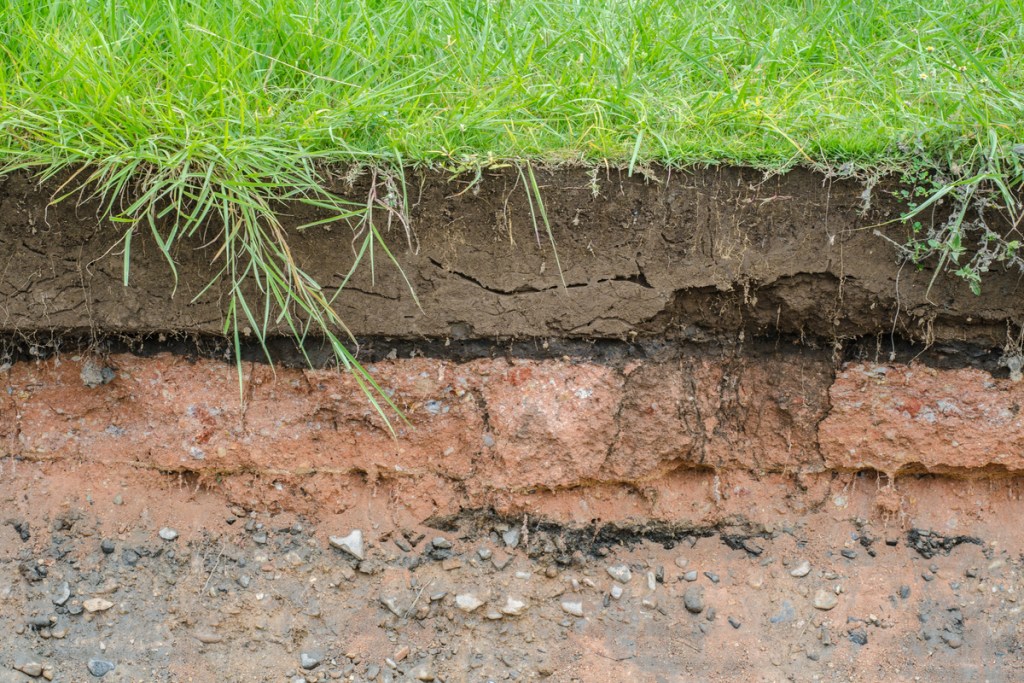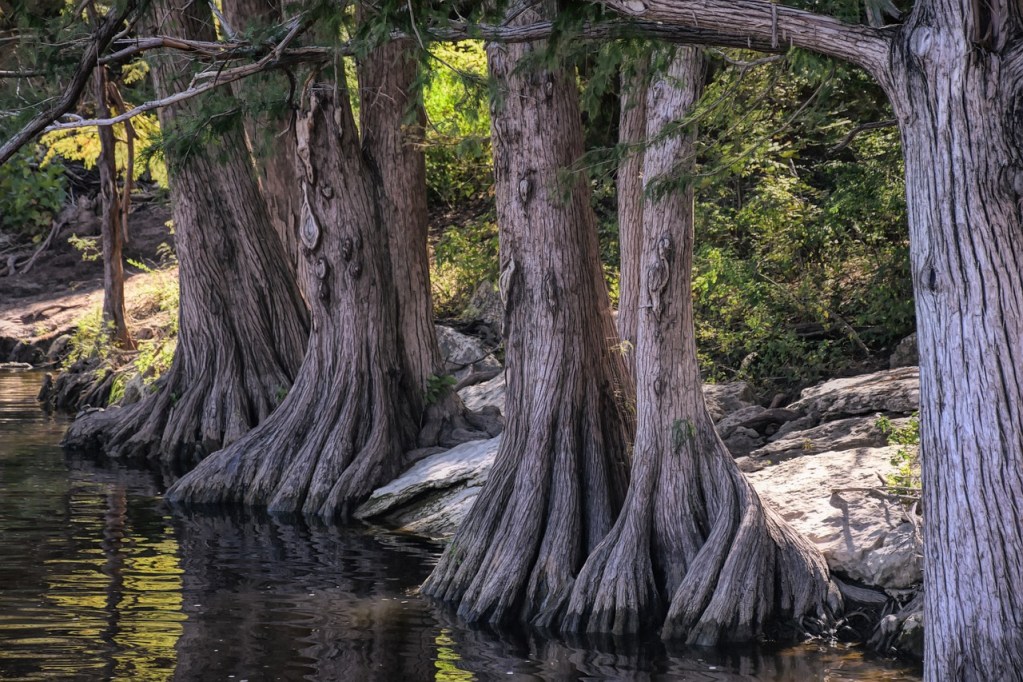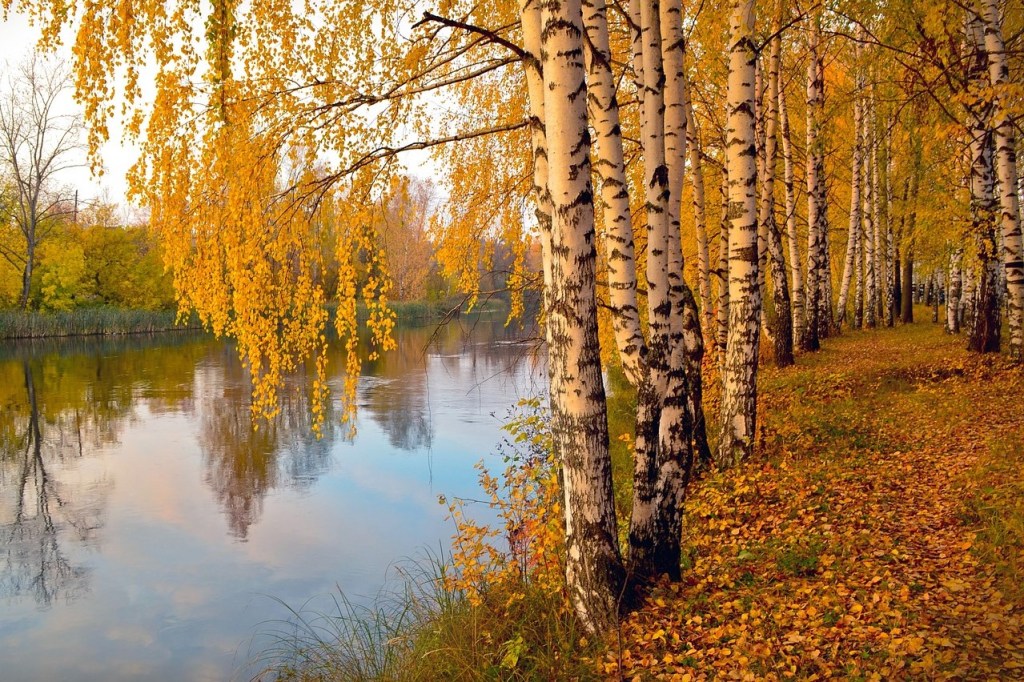So many plants prefer well-draining soil that it can be difficult for gardeners who live in naturally swampy or clay-dense areas. It can also become an issue if you have low-lying sections of your yard or garden that tend to pool rainwater. You can leave those areas unplanted, but is that your only option? We’re here to tell you that it’s not! Using this guide as a reference, you can identify wet soil areas in your yard or garden, find plants suited to those spots, and help them thrive.
Identifying a wet soil area
The easiest way to identify a wet soil area is to wait until it rains and watch where the water pools. However, in some areas or during specific seasons, this might not be an option. There’s an easy way to test how well your soil drains, without waiting for rain.
Dig a hole where you intend to garden that’s about one foot in all directions, and fill it with water. Let it drain, but don’t time it during this first round. The water will saturate the soil and prevent variables, such as how wet or dry it was previously, from skewing your data.
The next day, after the water has fully drained, refill it with water. If your soil is of average quality, it will drain at a rate of roughly two inches per hour. A wet soil area will drain at a rate closer to three and a half or four inches per hour, but could potentially drain even slower.

Identifying why you have a wet soil area
Once you have identified that you have a wet soil area, you may find it helpful to identify why it’s a wet soil area. There are a few different reasons your soil may be retaining water. One such reason is soil type. Clay and clay-rich soils retain much more water than other soil types.
If the area is at the bottom of a slope, even a small one, it may be collecting more rainwater than other areas of your yard or garden. In this case, the soil itself may have adequate drainage, but is becoming oversaturated.
It may also simply be a product of the environment you live in. If you live near naturally occurring wetlands, swamps, marshes, or bayous, then your wet soil area may be an extension of that. A great way to take advantage of this is by planting native plants and flowers that evolved to fit that particular environment.

What trees can thrive in wet soil?
When you think of trees to plant in wet soil, you might list classics such as cypress and willow trees. These are both excellent choices for wet areas, but they also take up quite a bit of room. Out options, like pin oaks, dawn redwoods, and sweetbay magnolias are also tolerant of wet soil and quite large. If you’re looking for something a bit smaller, you may like black tupelos, red maples, or river birches.
Although many of these trees naturally grow beside rivers or lakes, you don’t need a body of water that size to keep them happy. Your wet soil area will be enough for them, especially in combination with morning sun and late afternoon shade. During droughts or especially hot summers, they may need supplemental watering.

Special planting concerns
There are a few common issues that occur when planting in wet soil. One practical problem is that digging a hole to plant your tree in is more difficult when the soil is very wet. If possible, plant your tree when the ground is dry or only damp.
Trees that aren’t suited for wet soil can drown. It’s easier for any plant to drown in a wet soil area than elsewhere. Before watering your tree, test the soil up to a few inches. In a wet soil area, especially one with clay-rich soil, the surface may be dry while the bulk of the soil underneath is still wet.
Wet soil areas, especially those that are not clay-rich, can also have stability issues. When planting your tree, dig an especially wide hole to give your tree plenty of support and encourage its roots to spread. If you notice that your tree is beginning to lean, or that its roots are exposed or pulling away from the ground, take immediate action to secure it. Depending on the location and size of the tree, this could be as simple as shoring your tree up to give it extra support, or as serious as transplanting the tree to another location.
Wet soil can also be a breeding ground for fungi. Although not all fungi are harmful to plants, some are very harmful. If you notice an influx of fungi around your tree, and your tree appears sickly or suffering, then a dose of fungicide may be in order.
Wet soil doesn’t have to dampen your enthusiasm for gardening. Now that you know how to identify a wet soil area and what some of the most common concerns are when planting in wet soil, you’re prepared to start gardening. If you have a lot of space, why not try a weeping willow, with its long, sweeping, vine-like branches? If that seems a little big for you, then the smaller size and curling bark of a river birch might be a great fit.
Editors' Recommendations
- Plant these stunning flowering shrubs for a showstopping garden display this spring
- 3 incredible reasons why you should be using coffee grounds in your garden
- Have a gross mealybug infestation on your plants? Try one of these remedies
- These plants should be among the first you plant this year
- Unique and whimsical flowers to add to your collection for a fairy-tale garden landscape this spring





